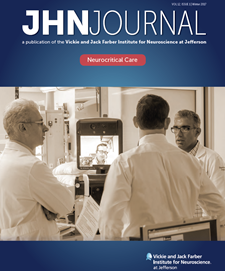Article Title
Commentary: Tele-ICU Development and Application
Abstract
BACKGROUND
The demand for intensivist care aimed at the critically ill in ICUs is ever-growing as life expectancy increases, creating a tension in supply and demand.1 With the aging population rapidly expanding and there being a lack of new board-certified critical care specialists, it is predicted that there will be a shortage of staff in the intensive care unit.2,3 Part of this scarcity can be attributed to the aging nurse population as the number of RNs under the age of 30 has seen a major regression.4 Also, lack of physicians in rural areas has caused a decline in the quality of health care offered to patients who reside in these areas. It is estimated that 20% of US citizens live in rural areas and only 9% of its physicians practice there.5 To counter this decline in specialists and lack of access to those who live in rural areas, the industry has turned to alternative forms of care, much of the substitute being technology based; also known as telemedicine.6
Recommended Citation
DeJesus, Annalise and Athar, MD, M. Kamran
(2017)
"Commentary: Tele-ICU Development and Application,"
JHN Journal: Vol. 12:
Iss.
1, Article 5.
DOI: https://doi.org/10.29046/JHNJ.012.1.005
Available at:
https://jdc.jefferson.edu/jhnj/vol12/iss1/5

